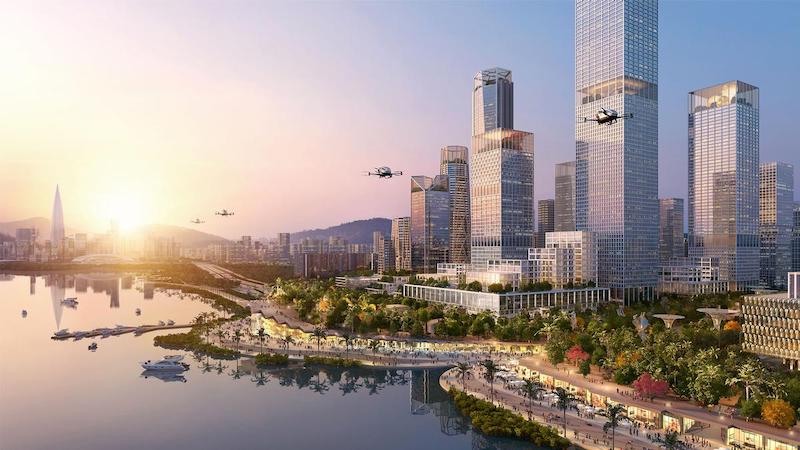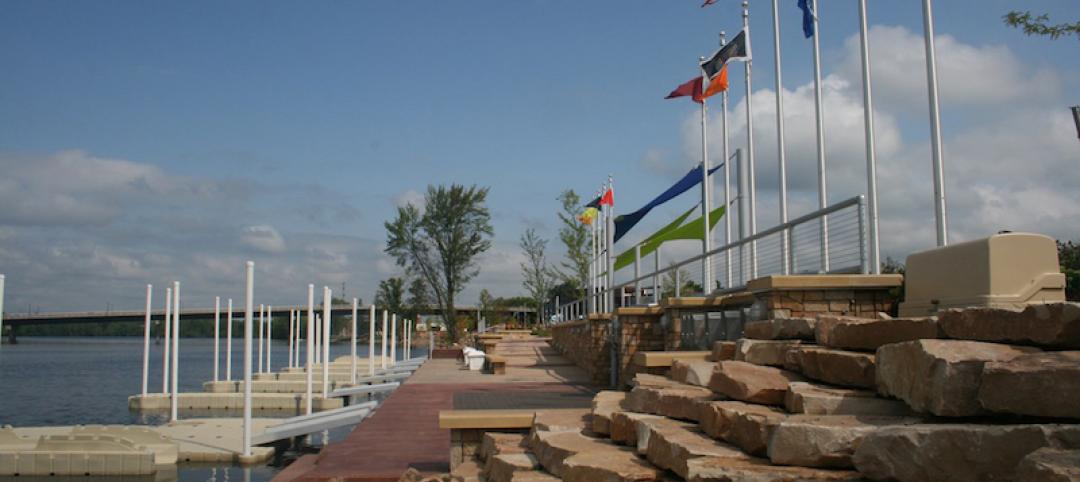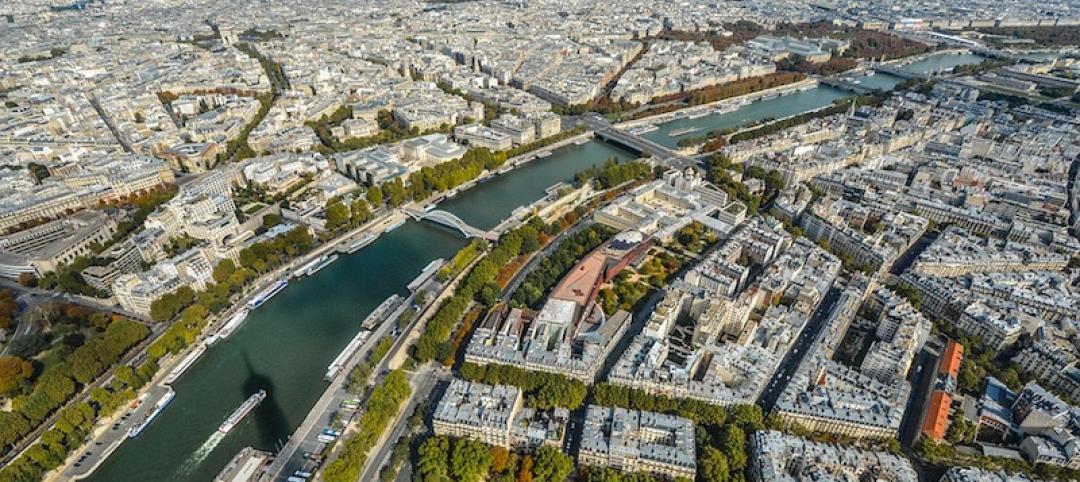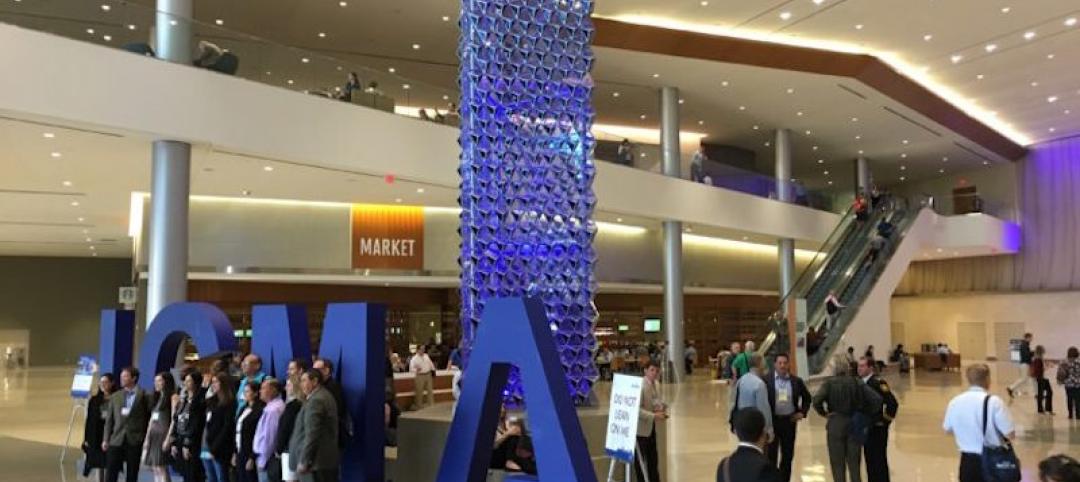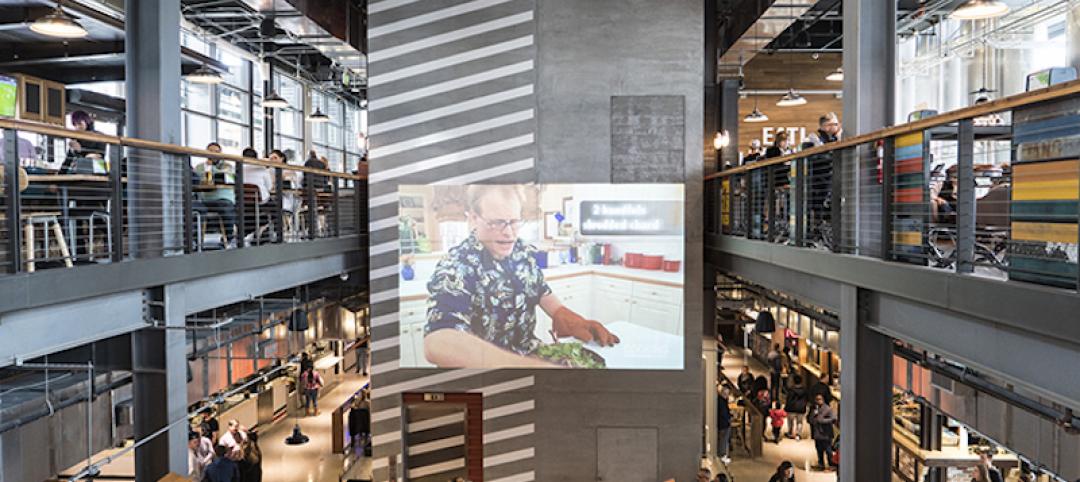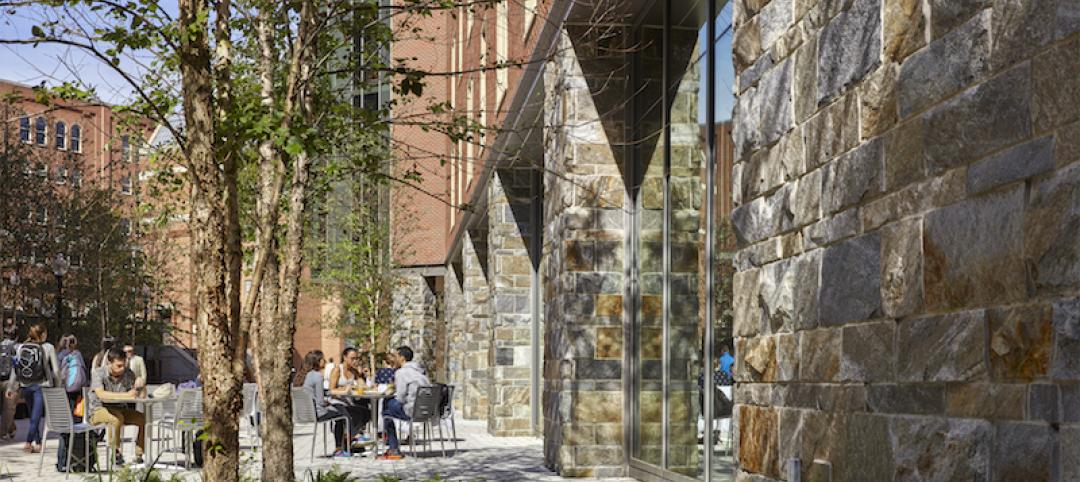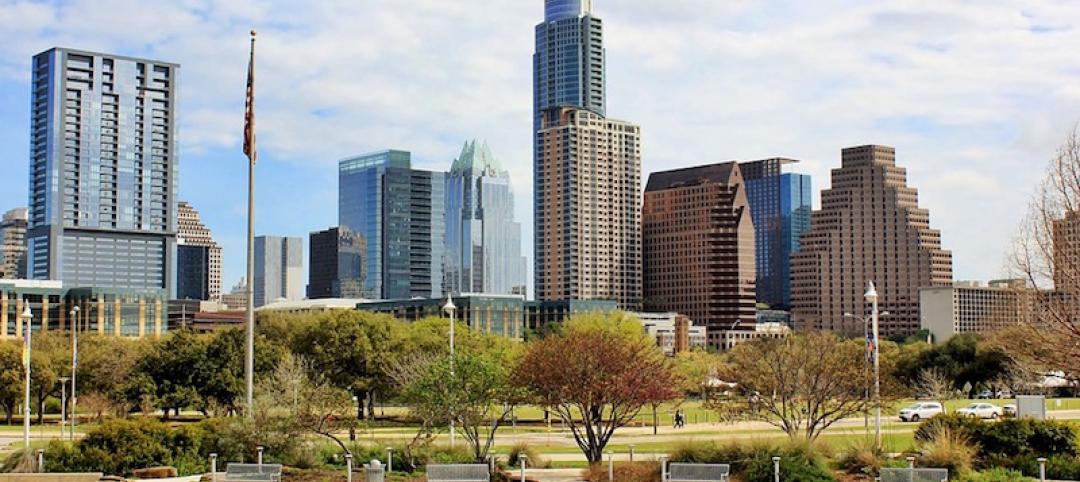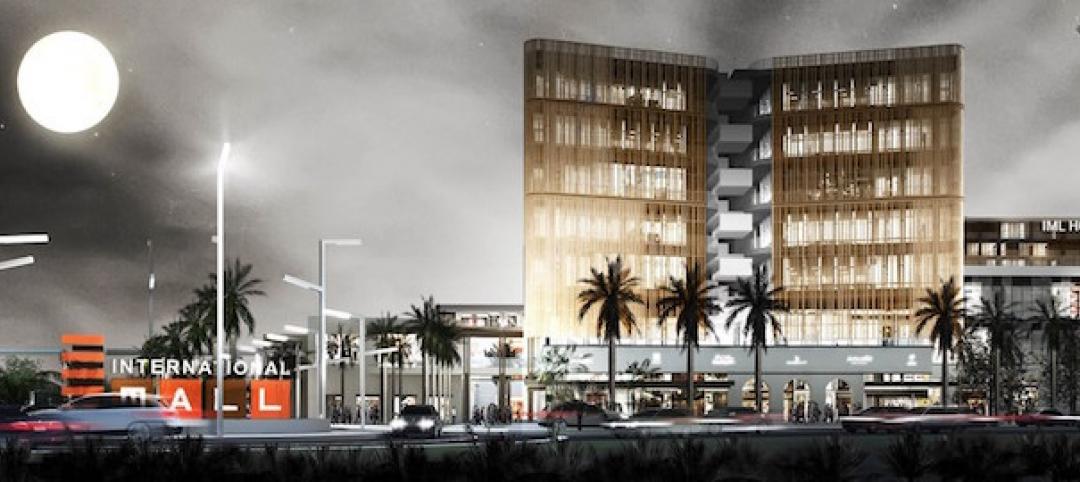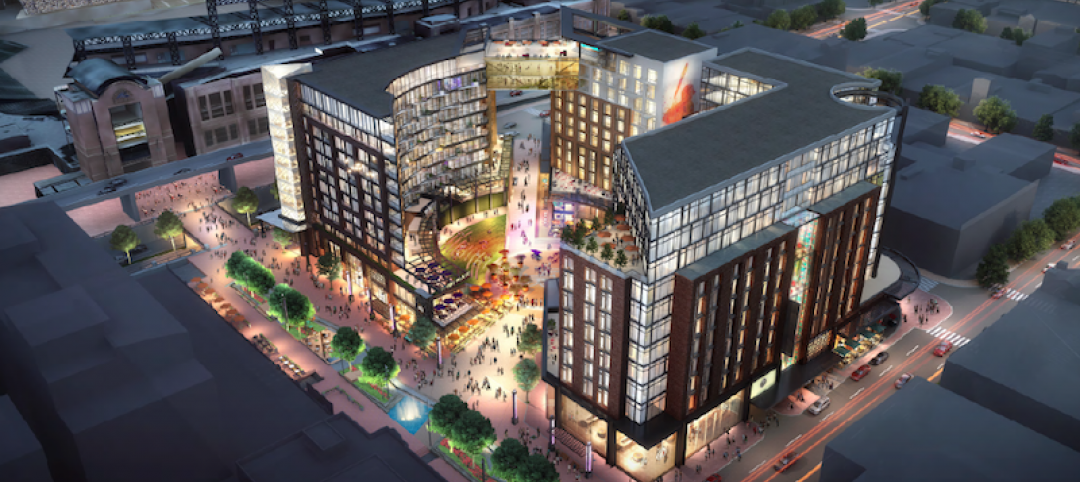New York is known for its skyscrapers, Miami, for its saved art deco buildings, and Shenzhen, China, may soon be known as one of the coolest places in the Orient to just go and chill. Of course, the city is much more than that already, and has big plans including an eye-catching new headquarters planned for genome maker iCarbonX.
But that’s just a small part of what’s in store for Shenzhen. With Danish architecture firm Henning Larsen recently winning an international competition to design a waterfront district for the Chinese city, the planned new quarter of Shenzhen will have ample public space, as well as tree-edged boulevards, gardens, and plazas.
See Also: Broward County Convention Center expansion to include Headquarters Hotel
The "leisure city" aspect of the development will comprise multiple cultural attractions, the project’s architects said. It will have a Ferris wheel, outdoor sculptures, rooftop art exhibits, and a waterside promenade.
"Our design aims to make Shenzhen the waterfront city it should always have been," says Claude Godefroy, partner and design director of Henning Larsen’s Hong Kong office. "To create an attractive waterfront, we brought commercial and cultural facilities metres away from the seashore, so citizens will finally be able to enjoy the atmosphere of Shenzhen Bay in an activated urban environment, like in Sydney, Singapore or Copenhagen."
Related Stories
Urban Planning | Feb 26, 2018
A new way to approach community involvement for brownfield projects
A new community engagement program works with young adults to help the future of the neighborhood and get others involved.
Urban Planning | Feb 23, 2018
Paris car ban along the river Seine deemed illegal
Mayor Anne Hidalgo has appealed the decision.
Urban Planning | Feb 21, 2018
Leading communities in the Second Machine Age
What exactly is the Second Machine Age? The name refers to a book by MIT researchers Erik Brynjolfsson and Andrew McAfee.
Urban Planning | Feb 14, 2018
6 urban design trends to watch in 2018
2017 saw the continuation of the evolution of expectations on the part of consumers, developers, office workers, and cities.
Urban Planning | Feb 12, 2018
Stormwater as an asset on urban campuses
While there is no single silver bullet to reverse the effects of climate change, designers can help to plan ahead for handling more water in our cities by working with private and public land-holders who promote more sustainable design and development.
Urban Planning | Jan 24, 2018
Vision Zero comes to Austin: An outside perspective
Aside from the roads being wider and the lack of infrastructure for bikes and pedestrians, there seemed to be some deeper unpredictability in the movement of people, vehicles, bikes, and buses.
Urban Planning | Jan 10, 2018
Keys to the city: Urban planning and our climate future
Corporate interests large and small are already focused on what the impact of climate change means to their business.
Urban Planning | Jan 2, 2018
The ethics of urbanization
While we focus on designing organized and supportive architecture, much of urbanization is created through informal settlements.
Urban Planning | Dec 5, 2017
A call for urban intensification
Rather than focus on urban “densification" perhaps we should consider urban “intensification.”
Urban Planning | Dec 4, 2017
Sports ‘districts’ are popping up all over America
In downtown Minneapolis, the city’s decision about where to build the new U.S. Bank Stadium coincided with an adjacent five-block redevelopment project.


